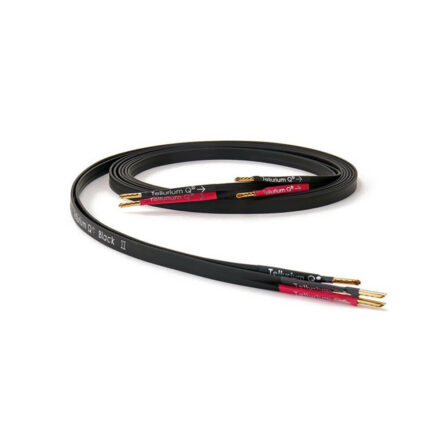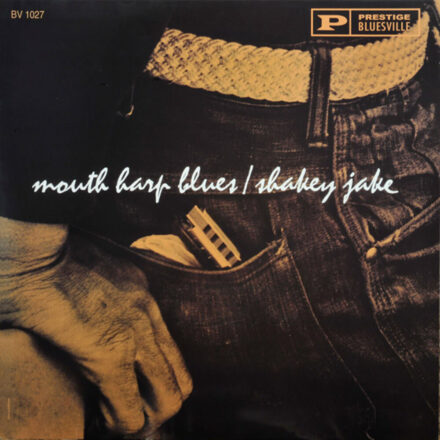Indeed, the exotic sound, touch, and feel of the songs on Filles de Kilimanjaro are as crucial as the melodies. To that extent, listeners can now enjoy the expressive tonalities and lush colors from each instrument in full-range glory. Voicings, harmonics, and pitches are rendered with exquisite detail. The manners in which the textures and phrases rotate what seems like a unified tonal center places you at the original recording sessions, executed in July and September 1968.
The final appearance of Davis’ classic second quintet bears fruit on three of the record’s cuts, including the title track and R&B-tinted “Frelon Brun.” Sparked with restrained funk, driving grooves, and bluesy accents, Filles de Kilimanjaro maintains an instinctive flow and controlled fredom that permit Davis to oversee an innovative blending of alterations, improvisation, and cycles. Comprised of multiple sections, “Petits Machins” is a lesson in perfectly played melodic complexity, with chromatic riffs, dominant chords, syncopated progressions, and switching meters forming a singular mosaic.
Filles de Kilimanjaro also represents a jumping-off point for Davis’ lineup. For the September sessions, Chick Corea replaced Herbie Hancock while Dave Holland relieved Ron Carter. The new additions speak a different albeit common language, fitting in with Davis’ desire to draw from rock and weave funk into open-minded excursions filled with exoticism, soulfulness, and wonder.
More than 40 years ago, this record epitomized the future of jazz. Davis even announced such aspirations with the tagline “Directions in Music.” With the jazz world still trying to wrap its collective mind around its genius, it still does.
Track Listing
- Frelon Brun
- Tout de Suite
- Petits Machins
- Filles de Kilimanjaro
- Mademoiselle Mary




























































































Reviews
There are no reviews yet.